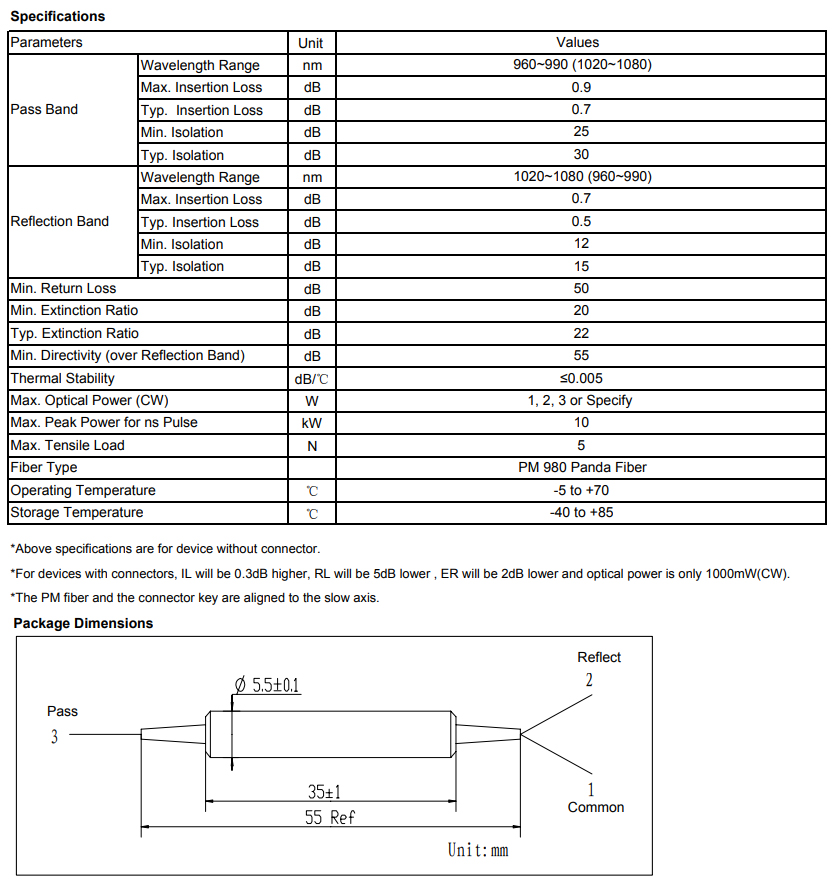The field of optical communication has witnessed significant advancements with the introduction of wavelength-division multiplexing (WDM) system. This technology allows multiple wavelengths to be transmitted simultaneously over a single fiber optic cable, greatly increasing the capacity and efficiency of data transmission.
Click to find more about wdm system. dwdm wavelengths. wdm fiber. fiber optic wdm.
WDM System: Enhancing Data Transmission Efficiency

A WDM system is designed to transmit multiple signals using different wavelengths through a single fiber optic cable. By utilizing different colors or wavelengths of light, it enables simultaneous transmission of several independent channels without interference. This results in improved bandwidth utilization and increased data transfer rates.
DWDM Wavelengths: Expanding Capacity for Long-Distance Communication
Dense wavelength-division multiplexing (DWDM) is an advanced form of WDM that utilizes closely spaced wavelengths to further increase the capacity of optical networks. With DWDM, hundreds or even thousands of individual channels can be transmitted simultaneously over a single fiber optic cable. This technology has revolutionized long-distance communication by enabling high-speed data transmission over vast distances without signal degradation.
WDM Fiber: Enabling Efficient Signal Transmission
To support the efficient operation of WDM systems, specialized fibers known as Wavelength Division Multiplexing (WDM) fibers are used. These fibers are designed to minimize signal loss and maintain signal integrity across multiple wavelengths. They possess unique properties that allow them to handle different colors or wavelengths effectively while minimizing crosstalk between channels.
Fiber Optic WMD Innovation: Introducing Optizone Technology
In recent years, innovative technologies have emerged to enhance the performance and capabilities of fiber optic-based WMD systems. One such advancement is Optizone Technology, which enables precise control and manipulation of individual wavelengths within a WDM system. This technology allows for dynamic allocation of bandwidth, improved signal quality, and increased flexibility in managing network resources.
Pump and Signal Combiner: Enabling Efficient Amplification
In order to amplify the signals transmitted through a WDM system, pump and signal combiners are utilized. These devices combine the optical power from multiple sources into a single output fiber, allowing for efficient amplification of signals. By carefully controlling the combination process, optimal performance can be achieved with minimal loss or distortion.
Conclusion
The advancements in WDM systems, DWDM wavelengths, WDM fibers, and fiber optic WMD technologies have revolutionized the field of optical communication. These innovations have significantly enhanced data transmission efficiency, expanded capacity for long-distance communication, enabled efficient signal transmission through specialized fibers, introduced advanced control technologies like Optizone Technology, and facilitated efficient amplification using pump and signal combiners. As research continues in this area, we can expect further improvements that will shape the future of optical communication.

